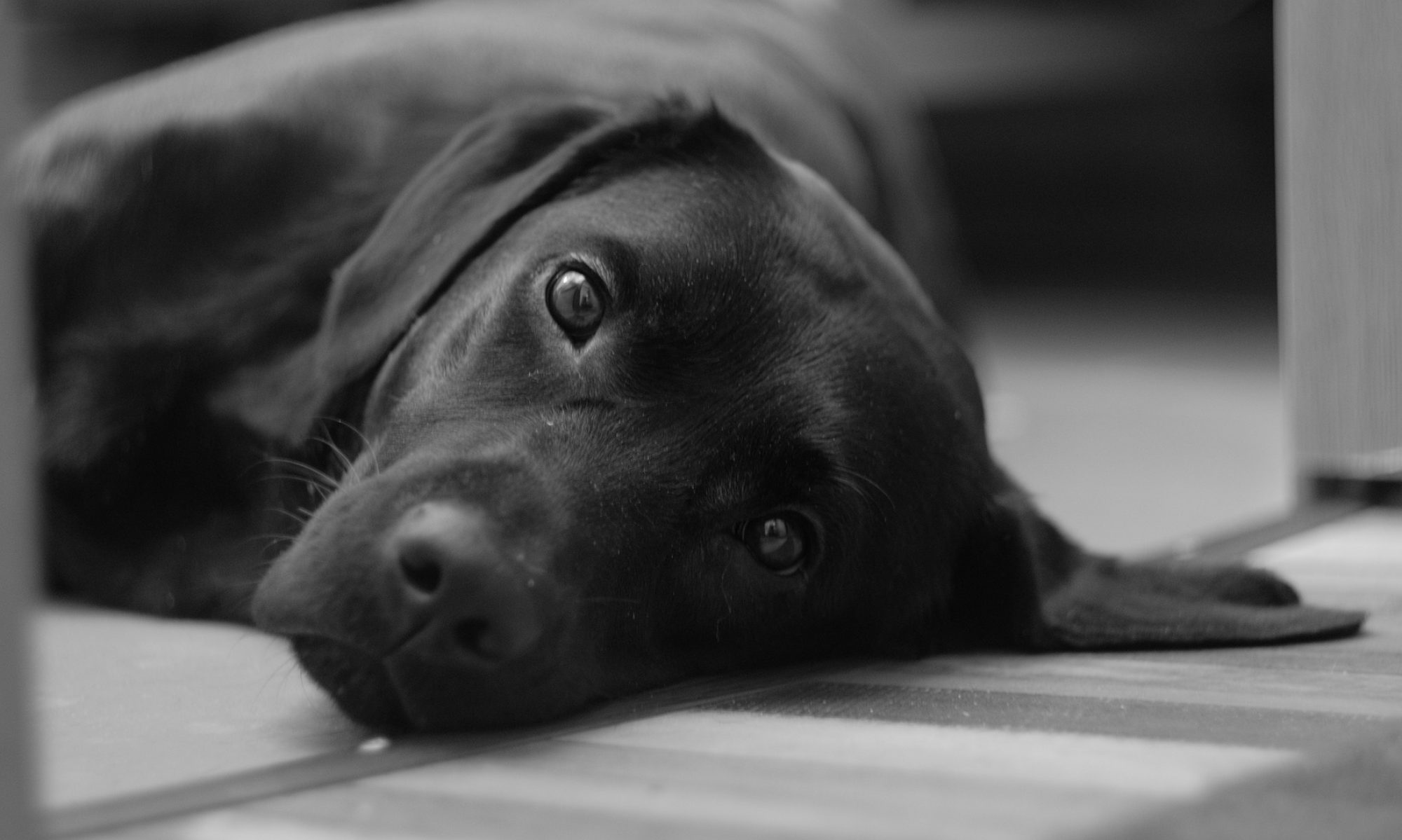
Posted: February 7, 2018
It’s first thing in the morning and the dog wants to go out right NOW, the cats are standing by their litter box waiting for some fresh kitty litter, and your toddler is demanding a trip to the park to feed the ducks. While none of these activities may sound like a major threat to …
Continue reading “What’s The Scoop On Pet Waste”

Posted: February 7, 2018
Dogs are not our whole life, but they make our lives whole………….Roger Caras If you think dogs can’t count, try putting three dog biscuits in your pocket and then give him only two of them…………….Phil Pastoret We give dogs time we can spare, space we can spare and love we can spare. And in return, …
Continue reading “Dog Quotes Of The Day”

Posted: February 7, 2018
You’ve heard that your spouse’s snoring can cause you to lose sleep, but what about your pet’s? John Shepard, M.D., medical director of the Mayo Clinic Sleep Disorders Center, recently asked that question to 300 patients who came to the center for a routine consultation. He found that many people with sleep problems were sharing …
Continue reading “Dog Tires? It Could Be Your pooch.”

Posted: February 7, 2018
What influences the condition of a dog’s coat? There are many factors that influence a dog’s coat. Below is a list of some of these factors: • Genetically, a dog can inherit coat quality • Diet • Exercise • Housing and bedding • Grooming regime All coats can be improved with effort and consideration of …
Continue reading “What Influences The Condition Of A Dog’s Coat?”

Posted: February 7, 2018
About 25 years ago I began formulating pet foods at a time when the entire pet food industry seemed quagmire and focused on such things as protein and fat percentages without any real regard for ingredients. Since boot leather and soap could make a pet food with the “ideal” percentages, it was clear that analytical …
Continue reading “Dog Lessons – Pet Food Game”

